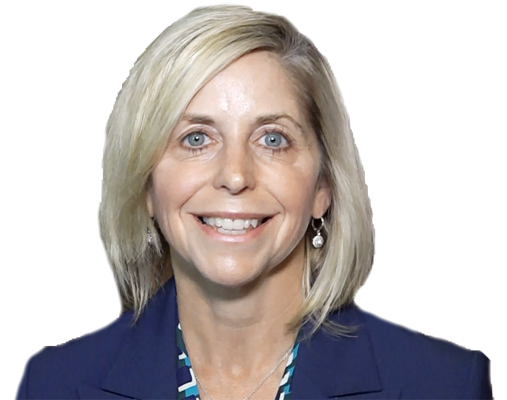Insurtech: Priorities
Setting Tech Priorities
Many insurers, stymied by technology debt, must also formulate a digital strategy.
Insurers show great interest in new technology and in converting to digital, but nearly all of their tech budget is reserved for maintaining older systems said Melinda Reno, insurance consulting leader, Deloitte. Reno spoke with AMBestTV at InsureTech Connect 2018, held in Las Vegas.
What are the insurtech priorities for companies?
What we're seeing today with our insurance carrier clients is they have three priorities. One priority is driving their digital agenda. A lot of clients right now are looking at some of those emerging but more mature technologies such as artificial intelligence and advanced analytics, and how that can really deliver on business value and business outcomes.
Number two is modernizing. Our insurance carriers have been in business for well over 50 years and have accumulated a lot of legacy technology which is quite costly to maintain. They are looking at ways to reduce that cost structure to free up capital to drive their digital agenda. Last but not least is talent. They're really worried about, what is the future of the talent that they need to deliver on their agenda of tomorrow? How do they develop an agile culture? How do they build the skills that they need in that future workforce? Actually, last but not least, cyber always has to be a priority for clients.

Our insurance carriers have been in business for well over 50 years and have accumulated a lot of legacy technology which is quite costly to maintain. They are looking at ways to reduce that cost structure to free up capital to drive their digital agenda.
Melinda Reno
Deloitte
How are they trying to modernize?
I would say over the past six or nine months, our clients have really felt this technology debt. Many of our clients are investing more than 80% or 90% of their IT budgets keeping the lights on, which is crazy. They are looking at three options. I would say cloud has matured a lot in our insurance carriers' minds. We were talking to them about cloud, now they want to do cloud. Cloud provides a much lower cost footprint and an ability to scale when needed, but to go back down and only pay for what they use, from a technology perspective. We're also seeing a lot of ways to replatform automated tools today which take the risk away, to move from a COBOL mainframe to a Java cable server, or tools that can extract the business rules from a very old life and annuities platform, so that you can move those into newer technologies. Last but not least, the hot topic at this week's conference is APIs (application program interface). A lot of our clients are looking to API their world, which really lets them open up the applications within their own environment, but also, connect to other ecosystems, which allows them to bring in a lot more data and information to serve their customers better.
Do companies have clear digital agendas?
One of the topics that comes up over and over again is we want to be digital. What does that mean? We talk to our clients to say digital is really a way to enable the delivery of a strategy. Clients today are very focused. We've seen an uptick of insurance carriers really caring about how do they engage their customers—customers being policyholders, agents, and brokers. Where do you take digital and data to be able to really personalize the offerings and the advice that you're giving to those customers that you have? Another option is looking at new markets or new segments. How do you take data—once again, advanced analytics —and target a set of potential policyholders, get a qualified lead that you could pass through a channel to an agent or broker to close that deal? So, another way to really grow your business exponentially with technology and data. Last but not least is really thinking about how do you build a redefined operating model? A lot of property and casualty insurers are struggling with very high combined ratios. How do you use robotics? How do you use automation? How do you use analytics to move people from routine transactions to be truly advisers of the customer, which lowers your cost footprint but increases your retention of the customers that you have?
Will these changes require a shift in talent?
One of the things that I've talked about this week on panels is as we look at insurance companies really moving to being advisers and helping their clients with their financial or their health or wealth well-being, they really need to have talent that can do that.
It really moves away from a routine transaction and redundant transaction to a set of advisory skills, which means you need critical thinking. You need to think about, how are you changing your culture to be more agile and nimble? How are you taking advantage of the gig economy and actually renting data scientists when you need them to use them? How are you looking at crowdsourcing as ways to build out that talent? Our clients are really wrestling with what are the skills I need. What's the operating model I need? How do I become more virtual? How do I win this war for talent?
We know it's a pretty aggressive warfare out there today to get the best and the brightest to really transform your organization.



























